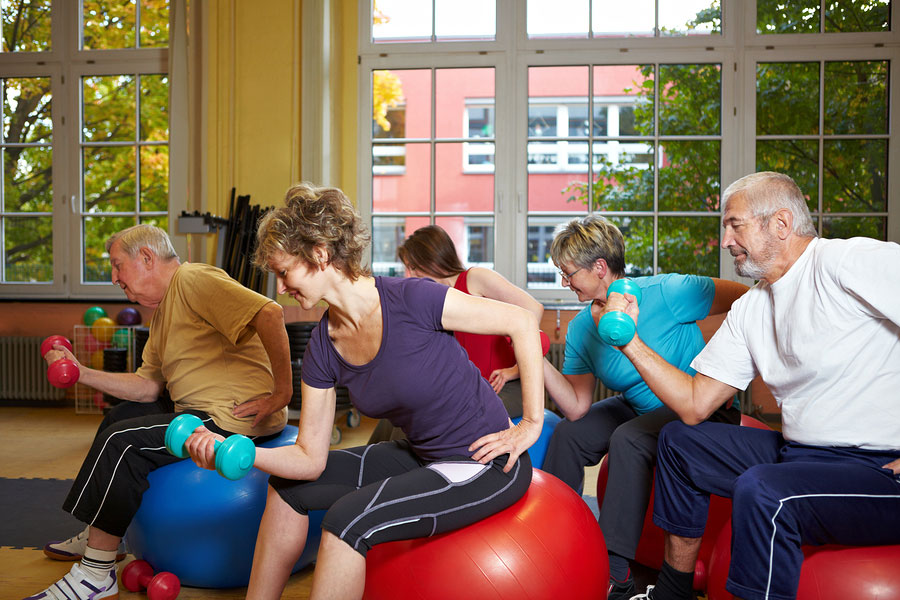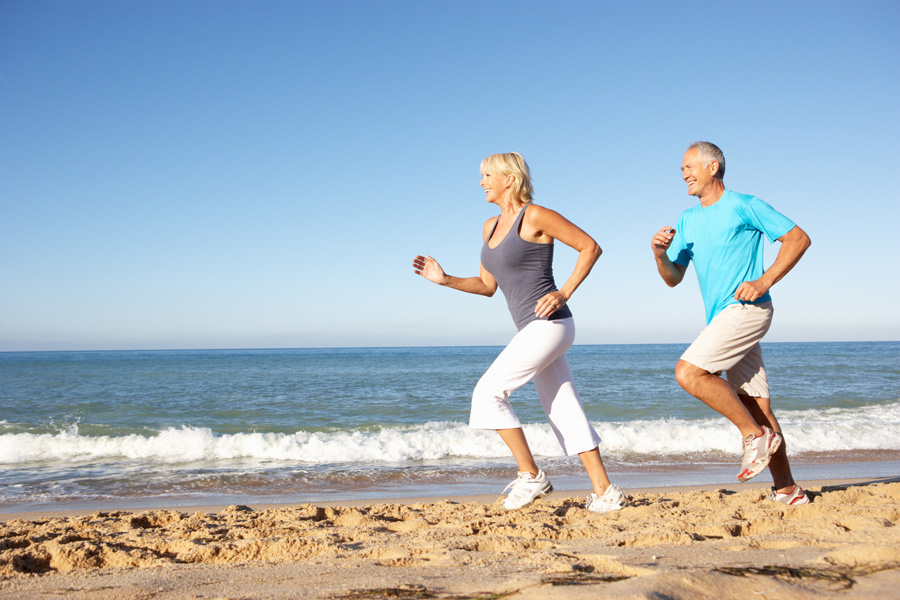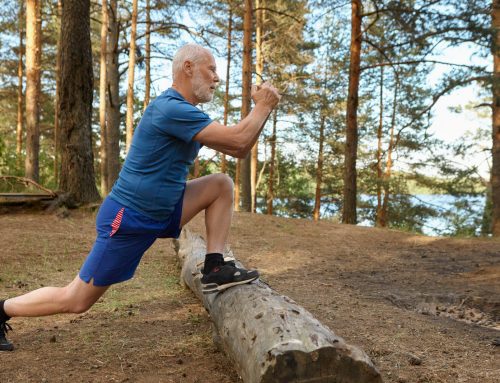Get More Bang For Your Exercise Buck
By this time you have either rejected the idea of exercising (which means that if you are reading this it is only to inoculate you against any urge to improve yourself), decided to start “tomorrow”, or have been to your health provider to agree to your start on ending your decline.
So far in previous articles, we’ve talked about the critical differences in health, attitude, prevention, lifestyle, and longevity we Harvesters get with even a modicum of regular exercise. And we’ve seen the specific benefits of resistance, or weight, training (also called, technically, anaerobic training).
Now let’s go on to what should also be included in our routines, and that is some form of aerobic exercise meant to increase your heart and lung strength. Personally, I alternate days of resistance training and aerobic training, while trying to get a walk in before settling down to a strenuous evening watching favorite shows or movies on TV.
I am going to make a big assumption here, and that is that most of us have heard of aerobic training sometime in the past. It has become part of our culture either in the scientific sense of defining it, or seeing it in one form or another throughout our lifetime. We remember the running craze championed for the common man by Jim Fixx (The Complete Book of Running) and Dr. George Sheehan (numerous classic books about running as well as much research into the field), among others. We may also remember that this craze also gave birth to the corporate giant, Nike.
Or we might remember the various forms of aerobics that took place in gyms around the world, strenuous workouts (usually to loud and lively music and led by some guru with a zero body fat count) that left people exhausted and feeling like they had won the Nobel Prize for exercise.
Today we see the latest evolution of that in spinning classes, Zumba, and who knows what else, as the latest and greatest answer to a sedentary life. Whatever form it takes, its aim is to raise your heart rate and increase your pulmonary functions. Except at its extremes, aerobic exercise tends to be less stressful to muscles, joints, and your heart, which may be important for those of us concerned with arthritis, heart disease, or high blood pressure.
What I have discovered through some of my own research, is that you can take the most basic level of aerobic exercise and with a little alteration, and not any more time, increase its effectiveness many times over. This discovery is called Interval Training (sometimes called High Intensity Interval Training, but don’t let that scare you). A study by the Mayo Clinic defines it this way “It’s not as complicated as you might think. Interval training is simply alternating bursts of intense activity with intervals of lighter activity” (see Rev Up Your Workout With Interval Training).
This interval training can be incorporated into any activity you like to do. For instance the Mayo Clinic writes “Take walking. If you’re in good shape, you might incorporate short bursts of jogging into your regular brisk walks. If you’re less fit, you might alternate leisurely walking with periods of faster walking. For example, if you’re walking outdoors, you could walk faster between certain mailboxes, trees or other landmarks.”
Obviously this can be done with swimming, biking, skip rope, elliptical, treadmill, stair climbing, cross country skiing, virtually whatever you would personally enjoy doing.
The American College of Sports Medicine lists the benefits of interval training as including:
- improving aerobic and anaerobic fitnesslowering blood pressure
- increasing cardiovascular health
- facilitating insulin sensitivity (which helps the exercising muscles more readily use glucose for fuel to make energy)
- lowering cholesterol profiles
- reducing abdominal fat and body weight while maintaining muscle mass.
They have a great, concise, two-page overview of Interval Training* and I recommend it as a primer for starting out.
Incorporating this interval training is a great way to get way more bang for your exercise buck and get it in as little as twenty minutes a workout, and the results carry on over the whole day in increased calorie burn throughout your day.
For those of you who want to research this more intensely, I would recommend that you start with the Wikipedia summary and their bibliography of studies in this field.
BUT, and there’s always a “but” as Mayo Clinic cautions “Interval training isn’t appropriate for everyone. If you have a chronic health condition or haven’t been exercising regularly, consult your doctor before trying any type of interval training. Recent studies suggest, however, that interval training can be used safely for short periods even in individuals with heart disease. Also keep the risk of overuse injury in mind. If you rush into a strenuous workout before your body is ready, you may hurt your muscles, tendons or bones. Instead, start slowly. Try just one or two higher intensity intervals during each workout at first. If you think you’re overdoing it, slow down. As your stamina improves, challenge yourself to vary the pace. You may be surprised by the results.”
*Reprinted with permission of the American College of Sports Medicine.
Copyright © 2014 American College of Sports Medicine.
This brochure is a product of ACSM’s Consumer Information Committee. Visit ACSM online at www.acsm.org.









